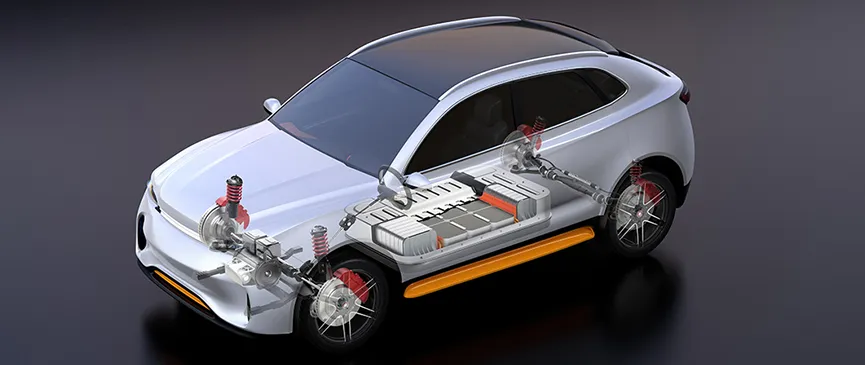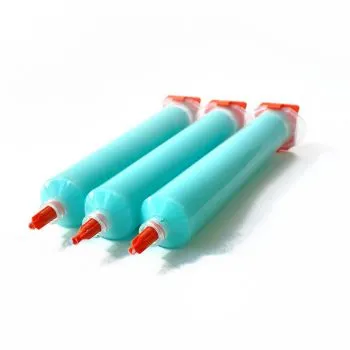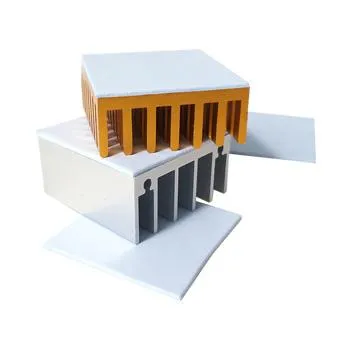In accordance with the European Union’s General Data Protection Regulation (GDPR), we are committed to safeguarding and ensuring your control over your personal data. By clicking “Accept All” you are permitting us to use cookies to enhance your browsing experience, assist us in analyzing website performance and usage, and deliver relevant marketing content. You can manage your cookie settings below. By clicking “Confirm” you are agreeing to the current settings.
Automotive
The automotive industry is one of the most technology- and capital- intensive industries in the world, with an extensive supply chain. From traditional sedans, SUVs and multi-purpose vehicles to the highly a nticipated smart electric vehicle industry, the EV sector has become one of the most talked about sectors in the world. Its rapid growth and market share have impacted traditional automobile manufacturers, forcing them to invest heavily in related technologies to vie for a position in the EV market. From AI to communications and entertainment to battery cell packaging, EV manufacturing is bringing new and groundbreaking technologies to consumers.
In addition to the growing fuel and environmental concerns, the need to completely redesign EV systems is an even more difficult challenge for automakers. In particular, EV battery packs, advanced driver-assistance systems, and charging stations all need to have comprehensive thermal solutions, and there is a global R&D competition among auto manufacturers to become the next Tesla, or leader of the EV sector.
T-Global is prepared to help you to open up more possibilities with electric and smart vehicles, including self-driving systems, safety assistance systems, transparent display components, Vehicle IoT and more. We believe that together we can shape the future of the "third living space" for EVs.
Applications of Electric Vehicle Auto Parts:
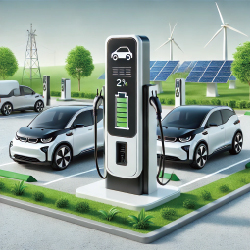
Electric Vehicle Charging Station
Electric vehicle charging stations generate significant heat during operation, making effective cooling crucial for safety and stability. Common cooling methods include natural convection, forced convection, and liquid cooling. Natural convection relies on natural air flow and is suitable for low-power stations. Forced convection uses fans for higher-power stations, while liquid cooling is used for ultra-high-power systems. High thermal conductivity materials like aluminum alloys or copper are used for heat sinks. Proper internal structure and accurate temperature monitoring ensure stable operation and prevent overheating.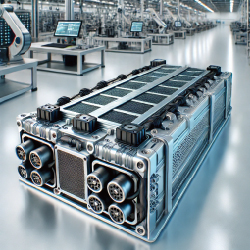
EV Battery Module
Battery charging and use will generate heat, and temperature is the key influence on battery life, charging and efficiency. This is why most batteries are designed to transfer waste heat from the battery to the battery module's outer casing for heat exchange. Because there are gaps between the internal batteries, either one-part thermal putty or two-part potting compounds are used, while a thermally conductive gasket with low thermal conductivity and soft materials (approx. 2.0 to 3.0 W/mk) is applied to the top or bottom of the battery to carry heat to its outer casing.
Advanced Driver-Assistance System
As advanced driver-assistance systems (ADAS) and unmanned driving trends grow, more systems are integrated into ADAS, increasing heat generation that must be managed for proper functioning. The electronic control unit (ECU) is crucial for heat dissipation, as it collects, processes, and outputs control signals. The current design uses thermally conductive gaskets of around 4.0 to 6.0 W/mK with extruded aluminum heat sinks. Since multiple smaller wafers may require thermal solutions, smaller thermally conductive gaskets of varying thicknesses are used to conduct heat to a large area heat sink for dissipation.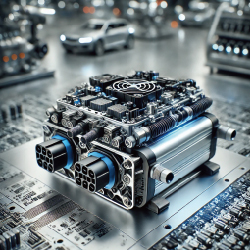
Voltage Converter
Voltage Converter
Products
:

Car Multimedia Navigation System
Car Multimedia Navigation System
Products
:



